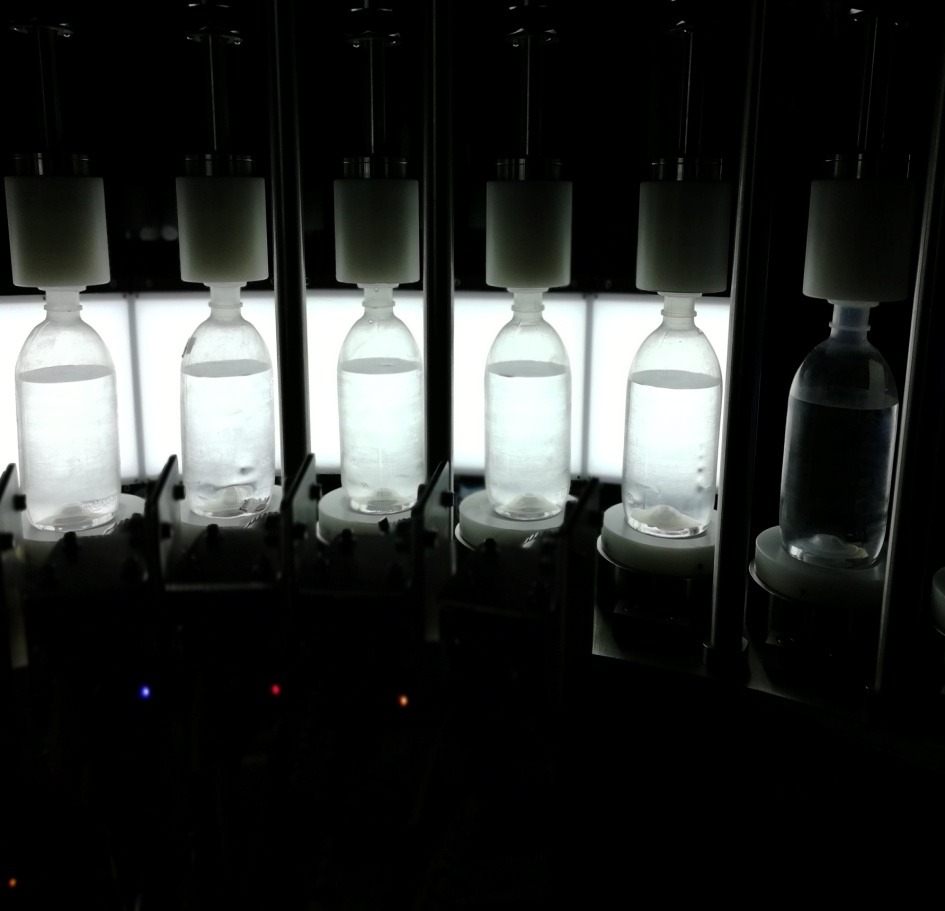Introduction:
In the world of pharmaceutical manufacturing, compliance with IV solution regulations is non-negotiable. IV solutions, crucial for delivering medications directly into patients’ veins, must meet stringent standards to ensure safety and efficacy. As suppliers of machines for pharmaceutical manufacturing, understanding and navigating these regulations is essential. Let’s delve into the key aspects of IV solution regulations, simplifying complex concepts to help you better serve your customers in the pharmaceutical industry.
Understanding IV Solution Regulations:
Before we dive into specifics, it’s important to grasp the significance of IV solution regulations. These regulations serve as guidelines set forth by regulatory authorities to ensure the quality, safety, and efficacy of IV solutions. By complying with these regulations, pharmaceutical manufacturers uphold the trust placed in them by healthcare providers and patients, ensuring that IV solutions meet the highest standards of quality and safety.
Selection of Compliant Machinery:
The first step in aligning with IV solution regulations is to provide machinery that meets regulatory requirements. From mixing tanks to filling machines, each piece of equipment must adhere to predefined standards to prevent contamination and ensure product integrity. By offering compliant machinery, suppliers empower pharmaceutical manufacturers to meet regulatory expectations and produce IV solutions of the highest quality.
Documentation and Compliance Checks:
In addition to providing compliant machinery, suppliers play a crucial role in supporting their customers’ compliance efforts through documentation and compliance checks. Clear documentation, including manuals and certificates of compliance, helps manufacturers demonstrate adherence to IV solution regulations. Regular compliance checks ensure that machinery continues to meet regulatory standards throughout its lifecycle, providing peace of mind to pharmaceutical manufacturers.
Training and Support:
Effective training and ongoing support are essential components of regulatory compliance in pharmaceutical manufacturing. Suppliers should offer comprehensive training programs to ensure that manufacturers understand how to operate machinery safely and in accordance with regulations. Additionally, prompt and knowledgeable support services help address any issues or concerns that may arise, facilitating smooth operations and regulatory compliance.
Adaptation to Regulatory Updates:
Regulatory requirements in the pharmaceutical industry are subject to change, necessitating continuous adaptation and updates. As suppliers, staying informed about regulatory updates and proactively updating machinery to comply with new requirements is critical. By partnering with suppliers who prioritize regulatory compliance and agility, pharmaceutical manufacturers can navigate evolving regulations with confidence and ease.
Collaboration and Communication:
Effective collaboration and communication between suppliers and pharmaceutical manufacturers are essential for ensuring regulatory compliance. Suppliers should maintain open lines of communication with their customers, providing guidance and support as needed to address regulatory challenges. By working together as partners, suppliers and manufacturers can overcome obstacles and achieve compliance with IV solution regulations.
Conclusion:
In conclusion, compliance with IV solution regulations is a top priority for pharmaceutical manufacturers and their suppliers. By understanding the importance of regulatory compliance, providing compliant machinery, offering documentation and support, adapting to regulatory updates, and fostering collaboration, suppliers play a vital role in helping manufacturers meet regulatory expectations and deliver safe and effective IV solutions to patients. Together, let’s uphold the highest standards of regulatory compliance in pharmaceutical manufacturing.
IV FLUID SOLUTION LINE


